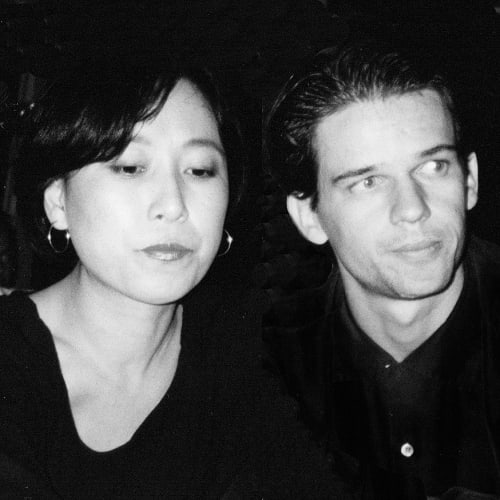A TibetSydney hand-weave isn't a rug; it's a story. A story where one becomes part of the narrative. But it is a narrative, which in lesser hands could mark a cultural crash-site. Here it becomes a calm controversy of textures, palette and meanings between the occidental and oriental, futurism and antiquity, noise and contemplation, skin and intellect.
Partner, Diki Wangmo's own story begins with exile from Tibet before birth. Being born in exile creates a rare freedom and exquisite longing which could be said to have forged the TibetSydney signature. Wangmo is Tibetan but has also lived in the urban shock and sophistication of New York ; the verdant mistiness of the hill stations of Darjeeling ; the graphic cacophony of Japan ; Kathmandu's cobbled medieval intricacy and the physicality of Sydney . Her worldliness is as reflected in the pieces, as is her intimacy with the surreal remoteness of Tibet .
Wangmo's voice at TibetSydney is one that speaks a language of touch. The pieces are luxurious lanolin-rich Tibetan highland sheep's wool. The raw material and hand-spun, dyed and knotted fibre gives them a tactile complexity. The detail-driven designs are an intuitive synthesis bred of Wangmo's unique cultural experiences and that of her Australian partner, architectural photographer, Tim Linkins. The couple bring a complimentary repertoire of skills and insights to designing the works. Linkins, with a background in the arts and a highly trained photographic eye, specialising in design and Wangmo, with studies in comparative religions at Amherst and a heritage where design can have a spiritual significance.
The designs take cues across time and cultures. To engage with a TibetSydney piece is both a sensual and highly intellectual experience. One is woven into the story of the piece, the text in the textile, if you will, through the landscaping of the weave, the fibre and the design.

